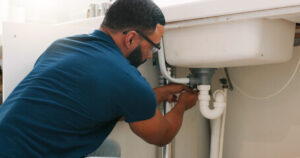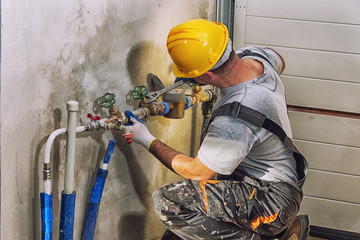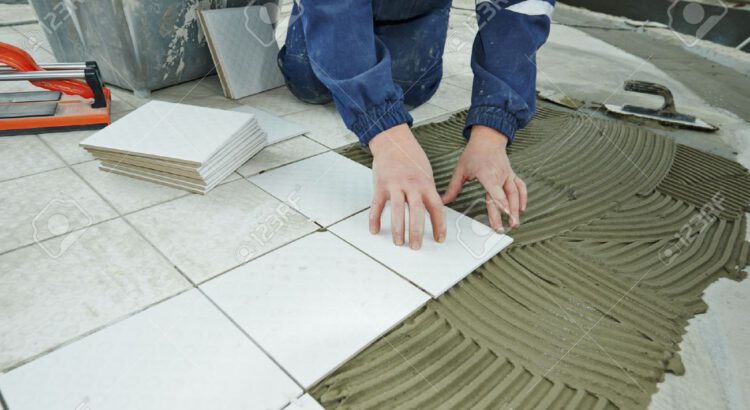A financial professional can make a big difference in your savings and investments. They can also help you navigate a variety of financial planning topics.
Be sure to ask potential advisors about their qualifications. This includes their education and experience.
You should also ask about their fee structure. Some advisors operate as fee-only fiduciaries and avoid commissions.
A financial planner can help you with a range of goals, from creating a budget to setting up an emergency savings fund. They may also provide investment management services or offer insurance policies. Depending on the level of service you require, financial planners can charge a flat fee or a percentage of your assets under their management. They should be transparent about these fees and what they include.
A good financial advisor will be able to provide clear, unbiased advice on your financial situation. They should be willing to take the time to understand your unique needs and work with you to create a plan that can accommodate any changes in your circumstances. They should be open to meeting with you regularly to assess your progress and make any necessary adjustments.
During your first meeting, ask potential advisors what they can do for you and how they would approach your situation. Some of the more common services they can offer include:
You may have a specific goal in mind, like saving for college or a home, that requires an action plan. Or, you might need help navigating major life events, like a job change or inheritance. A financial advisor can assist with these types of planning and guide you toward a more confident, financially secure future. In addition, they can help you save for a new car or even retirement. Lastly, they can give you advice on debt management and help you find ways to minimize your taxes. While it is possible to do some financial planning on your own, it can be more effective to get professional guidance from a certified advisor. A good financial planner will be able to explain their qualifications, including any credentials they hold, such as a CFP or other designation.
Investment Management
If you need help growing your investment portfolio to achieve long-term goals like retirement or college tuition funding, a financial advisor may be able to assist. This type of investment management services are typically offered through separate entities, like financial planning firms or brokerages. Investment managers focus on the strategic growth of investment portfolios by researching, selecting and buying and selling investments to maximize returns within your desired risk tolerance.
They may also implement a plan for diversifying your investments and regularly rebalancing your portfolio to keep it on track with your asset allocation strategy. The process can take time, especially when juggling the demands of work and family. If you prefer to retain control over core investment management responsibilities, such as your overall asset allocation, diversification and regular rebalancing, you can invest directly through separately managed accounts (SMAs), which are like mutual funds or ETFs, but instead of investing in a basket of securities that have varying levels of risk, each individual account is diversified across a specific set of investments based on an objective you choose.
While many financial planners are trained to offer both financial planning and investment management, some specialize in one or the other. Integrating both approaches would allow the advisor to provide holistic financial guidance — including budgeting, saving, retirement planning and tax strategies — while implementing investment strategies that fit your needs and goals.
To start finding a financial advisor, use SmartAsset’s free tool. We’ll connect you with up to three vetted advisor matches in your area who can talk about your situation and help you set and reach long-term goals. This article has been provided by MetLife Asia, a licensed financial adviser in Hong Kong SAR, to the general public as part of its ongoing commitment to education and transparency.
Retirement Planning
A financial advisor can help you with retirement planning by setting goals and helping you to determine what you will need to save in order to reach those goals. They can also assist with understanding how your lifestyle will change in retirement, how inflation may impact those expenses and what role insurance might play in the event of unanticipated late-retirement medical costs.
It is generally accepted that a typical retiree will need to replace approximately 70 to 100 percent of their pre-retirement earned income. A significant part of that replacement will come from saving money during the working years. It is recommended that savings begin as early as possible, ideally in one’s 20s, to take advantage of compound interest over time.
In addition to saving in a workplace retirement plan, individual retirement accounts (IRA) and tax-advantaged investment vehicles, a well-rounded portfolio should include equities, fixed income assets and alternative investments. Diversifying investments can provide stability by balancing the potential growth of stocks with the lower risk and longer term return of bonds. Rebalancing a portfolio periodically can keep it in line with the desired asset allocation.
A financial planner can also provide guidance on how to maximize Social Security benefits and when to start collecting them. In addition, they can discuss other options for retirement, such as semi-retirement or a phased approach. They can also address the impact of health care expenses, how to control them and what role, if any, life insurance might play in retirement. This can include deciding on a policy type and coverage amount, as well as understanding how Medicare works. Finally, they can assist with estate planning to ensure your legacy is protected in the event of a passing.
Debt Management
Debt is a part of life and can be helpful in meeting financial goals, but it can also cause stress if it accumulates too fast or interferes with other financial objectives. A debt management plan can help balance the debt load with saving and investing goals.
An advisor can create a budget that includes debt repayment strategies. They can recommend debt relief services, such as credit counseling agencies that offer debt management programs or consolidation loans that reduce interest rates and consolidate debt payments. They can also help identify ways to reduce debt through refinancing a mortgage, making additional cash flow savings or reducing unnecessary spending.
When assessing potential financial advisors, look at their credentials and background. Many online tools, including the FINRA broker search, provide details of an advisor’s education, business experience and disciplinary history. You can also ask your advisor about their certifications, such as Certified Financial Planner (CFP) or Chartered Financial Analyst (CFA), which demonstrate advanced knowledge of investments and ethical trading practices.
It’s also a good idea to ask about insurance. Some advisors are licensed to sell life and disability insurance, which may complement your long-term financial planning goals. However, be aware that insurance sales are often commissioned and that you might not receive the best advice for your situation from an advisor who is selling an insurance policy. For more information, see the Consumer Financial Protection Bureau’s article on how to choose a financial advisor.
Life Changes
A financial advisor can be an invaluable resource for people who are going through or planning big life changes. These include a new job, getting married or divorced, starting a family, and purchasing a home or other major property. These events can have a huge impact on an individual’s finances and can also change their long-term financial goals. A financial advisor can help them navigate these changes and set realistic expectations.
A good financial advisor will take the time to understand their clients’ needs and goals, and they will also be able to explain complex financial topics in an easy-to-understand manner. They can assess each client’s current situation by looking at a number of factors, including income versus expenses, assets vs. liabilities, and tax status.
Once a person has chosen a financial advisor, they should check in regularly to provide updates about their life and career. This will give their advisor a more complete picture of their overall financial standing, which is important for developing and updating an investment strategy.
It’s also a great idea to look into the financial professional’s certifications and licenses. For example, many financial advisors are fee-only fiduciaries, while others are commission based or work in sales capacities for brokerage firms or insurance companies. The best way to find out what type of financial professional you’re dealing with is to ask them directly or use an online database such as FINRA’s search function. This will provide you with information about their professional qualifications and also whether or not they have been the subject of any complaints or disciplinary action. If you’re a consumer, choosing a fee-only fiduciary is the best option to ensure that your financial advisor is acting in your best interest.










